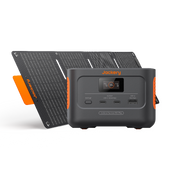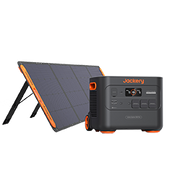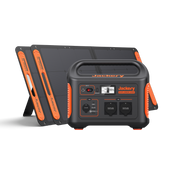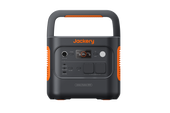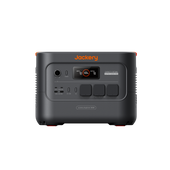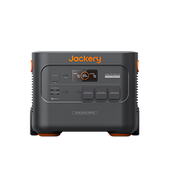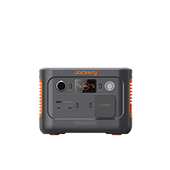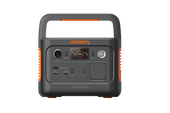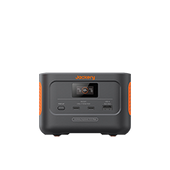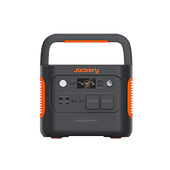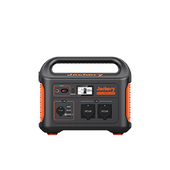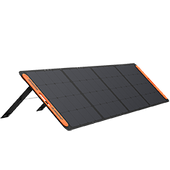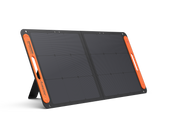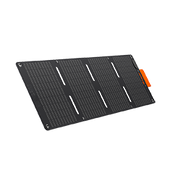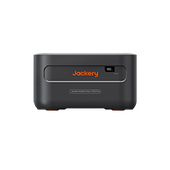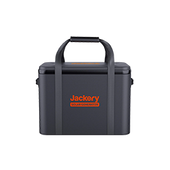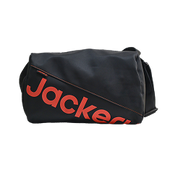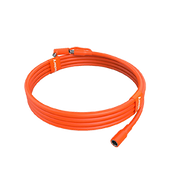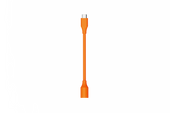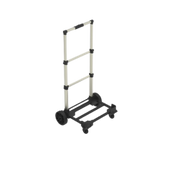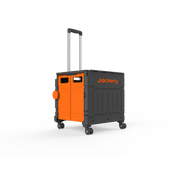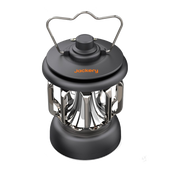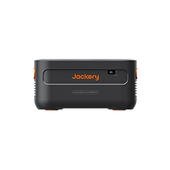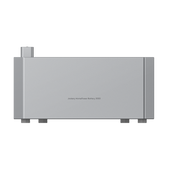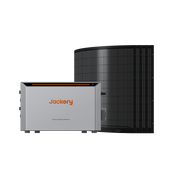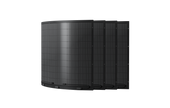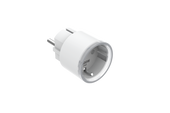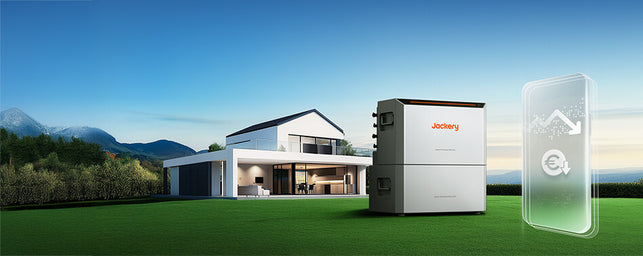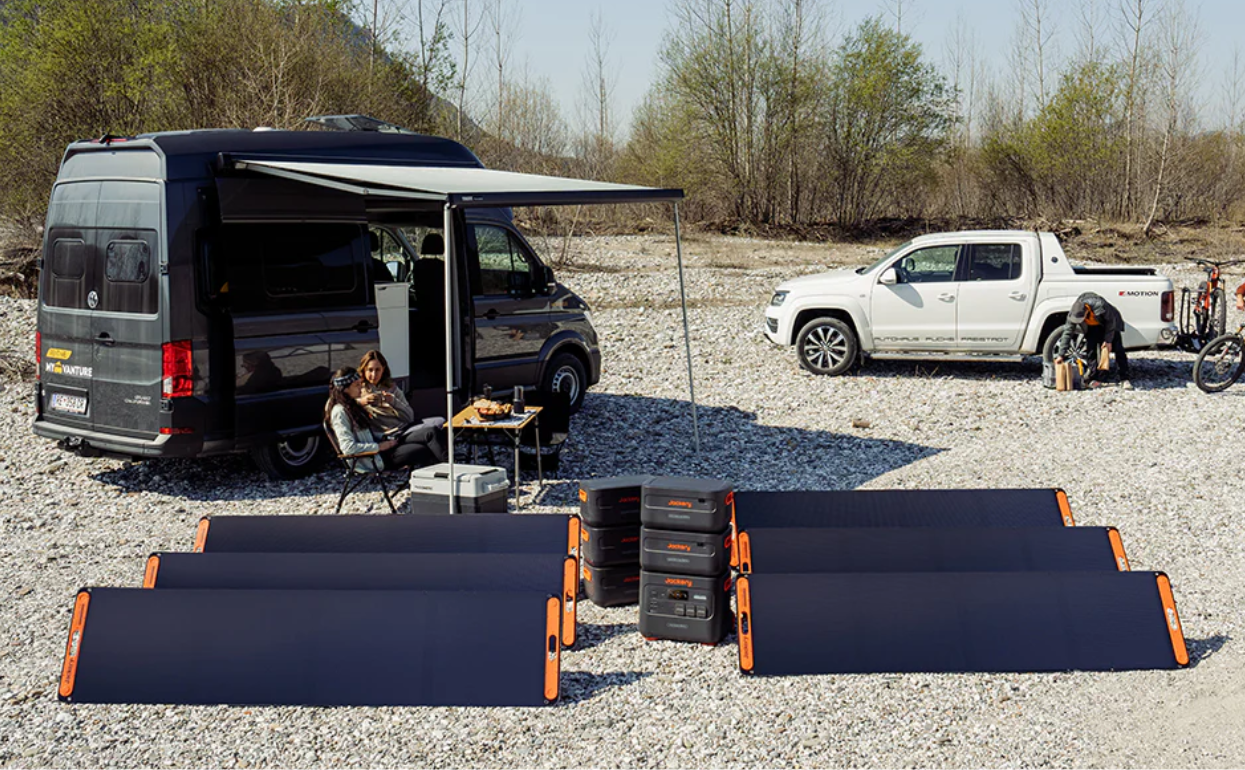Hosting a barbecue is fun but can often be a stressful scramble. Juggling different cooking times, worrying about undercooked chicken, and managing guest expectations can turn a fun grillfest into a frantic chore. This guide provides a clear blueprint of bbq ideas and techniques to remove the guesswork and stress, ensuring you can host with confidence.
Your Grill Setup: The Foundation of Flavor
The quality of your barbecue begins with your equipment and understanding how to use it. A well-chosen grill and the right tools are not luxuries; they are fundamental to controlling heat and achieving consistent, flavorful results.
How Should You Choose Your Heat Source?
● Charcoal: This is the classic choice for those seeking a rich, smoky flavor and the ability to achieve incredibly high heat for searing. It demands more hands-on temperature management but rewards the effort with unparalleled taste.
● Gas: For convenience and precision, a gas grill is unmatched. It heats up quickly, offers predictable temperature control with the turn of a knob, and is perfect for weeknight grilling or when you need reliable, repeatable results.
● Electric: An electric grill is the ideal solution for urban living, offering a low-smoke, balcony-friendly option. It's also an excellent weather contingency plan, allowing you to bring the grilling experience indoors without open flames.
What Are the Essential Tools for Grilling Success?
● Dual-Probe Digital Thermometer: This is the single most important tool for any griller; it is non-negotiable for ensuring food is both safe to eat and cooked to perfection.
● Grilling Utensils: Keep a set of long-handled tongs, a sturdy spatula, and a quality grill brush within arm's reach.
● Chimney Starter: For charcoal users, this is the best way to light coals quickly and evenly without the chemical taste of lighter fluid.
● Spray Bottle: A simple spray bottle filled with water is invaluable for taming any unexpected flare-ups.
How Do You Master Temperature Control?
The secret to avoiding food that's burnt on the outside and raw on the inside is a two-zone fire. On a charcoal grill, bank the hot coals to one side; on a gas grill, set the burners on one side to high and the other to low or off. This creates a hot zone for searing and a cooler zone for gentle, indirect cooking.
Always preheat your grill for at least 15-20 minutes before any food touches the grates. A thoroughly heated grill prevents sticking, kills any lingering bacteria, and is essential for creating those coveted, professional-looking grill marks.
Key Techniques for Perfect Results
Moving beyond basic grilling involves understanding how to apply different types of heat and layer flavors effectively. These core skills transform good bbq food ideas into truly memorable dishes.
What's the Difference Between Direct and Indirect Heat?
● Direct heat is what most people picture when they think of grilling. Food is placed directly over the flames or hot coals, making it ideal for quick-cooking, thinner cuts like steaks, burgers, vegetable skewers, and sausages.
● Indirect heat involves cooking food on the cooler side of the grill, away from the direct flame. This method works like an oven and is used for larger or tougher items that need to cook through without burning, such as whole chickens, pork shoulders, roasts, and ribs.
● The combo method offers the best of both worlds. You start by searing the food over high, direct heat to develop a flavorful crust and grill marks, then move it to the indirect side to finish cooking gently and evenly.
How Can You Layer Flavors with Brines, Rubs, and Marinades?
● Brines: A simple brine of salt, sugar, and water is the key to guaranteeing juicy, flavorful poultry. Submerge chicken or turkey in a brine for 4-8 hours before grilling to lock in moisture.
● Dry Rubs: For cuts like beef brisket and pork ribs, a dry rub applied 1-24 hours in advance allows spices to penetrate deep into the meat, creating a delicious crust.
● Marinades: These contain an acid like vinegar or citrus juice and are best for tenderizing and flavoring thinner cuts; let them work their magic for 30 minutes to a few hours.
How Can Beginners Start with Low-and-Slow Smoking?
You don't need a dedicated smoker to add authentic smoky flavor to your food.
- Start by stabilizing your charcoal or gas grill at a low temperature, around 107°C.
- Place a disposable aluminum pan filled with water on the cooler side of the grill to help maintain a moist environment and regulate the temperature.
- Add just a few chunks of your preferred smoking wood (like apple, hickory, or cherry) to the hot coals to produce a gentle, consistent stream of smoke.
What Are the Top Food Safety Rules for Grilling?
● Check Temperatures: Never guess when it comes to doneness. A probe thermometer is the only way to be certain that meat is safe to eat. Poultry must reach an internal temperature of 74°C, while ground meats like burgers and sausages must reach 71°C.
● Prevent Cross-Contamination: Always use separate cutting boards, plates, and utensils for raw and cooked foods.
● Thaw Safely: When thawing frozen meat, do so safely in the refrigerator over one or two days, never on the kitchen counter at room temperature.
Building Your Crowd-Pleasing Menu
A well-planned menu is scalable, considers all your guests, and simplifies your job as the host.
How Do You Create a Scalable Menu?
To avoid being overwhelmed, stick to a simple framework that scales easily.
● Choose Core Proteins: Select one or two main items, like chicken and burgers.
● Select Side Dishes: Pair them with two or three side dishes. A balanced approach includes one make-ahead side (like potato salad), one grilled side (like asparagus or corn), and one fresh side (like a green salad).
● Plan Portions: As a baseline, plan for approximately 1/2 lb (225 g) of uncooked protein per adult, and then adjust this amount based on the number and heartiness of your sides.
Smart Menu Examples
|
Gathering Size |
Core Proteins |
Side Dishes |
|
Family Dinner (4-6) |
Grilled Spatchcock Chicken |
Grilled Asparagus, Make-Ahead Potato Salad |
|
Block Party (20+) |
Burgers & Sausages |
Large Vats of Coleslaw & Pasta Salad, Corn on the Cob (grilled in batches) |
How Can You Provide Inclusive Options for All Guests?
Ensure every guest has something delicious to eat by offering hearty vegetarian options. Grilled halloumi cheese, thick-cut cauliflower "steaks" seasoned with a savory rub, or flavorful black bean burgers are excellent choices that can be cooked right alongside the meat. To prevent cross-contact, clearly label each dish and provide separate serving utensils for meat and vegetarian items.
From Planning to Power: Hosting a Stress-Free Grillfest
Excellent hosting is about smart preparation and anticipating needs before they arise, from your cooking timeline to your power source.
What Is the Best Strategy for Prep and Timing?
● The Day Before: Prepare any cold sides like coleslaw or pasta salad, brine your poultry, and mix and apply any dry rubs to your meats.
● The Day Of: Focus on prepping fresh ingredients and creating a simple timeline that outlines when each item needs to go on the grill.
● Keep Food Hot: To keep cooked meats hot and allow them to rest properly, create a "faux cambro." Simply line a standard cooler with aluminum foil, place the hot, foil-wrapped meat inside, and cover it with a towel. This will keep the food at a safe and delicious temperature for up to an hour.
How Can You Power Your Perfect BBQ Setup?
A portable power station can elevate your entire event, providing silent, emission-free power for lights, speakers, fans, or even a mini-fridge without the noise of a gas generator or the hazard of long extension cords.

● Jackery Solar Generator 500 v2:
o Features: 512Wh capacity, LiFePO4 battery with 6,000 life cycles, and UPS with <10ms switch time.
o Use Case: Ideal for small gatherings, this unit can power a Wi-Fi Router (10W) for 30 hrs for uninterrupted music streaming or a camping light for evening ambiance.
● Jackery Solar Generator 1000 v2:
o Features: 1070Wh capacity, Emergency supercharging (0-100% in 1 hour), and up to 100W dual PD charging.
o Use Case: For larger parties, this model can power a 100W fan for 7.6H, keep a WiFi router running for 35.1H, or run other small appliances.
● Jackery Solar Generator 2000 v2:
o Features: 2042Wh capacity, 1.7-hour Emergency Super Charge, and a 10-year lifespan.
o Use Case: For the ultimate setup, this powerhouse can run a 1000W electric stove for 1.6H, allowing you to cook side dishes right in the garden without running back to the kitchen.
What Contingency Plans and Courtesies Should You Consider?
Be prepared for the unexpected. Have a pop-up canopy ready to provide shelter from intense sun or a light drizzle. When setting up your grill, be a good neighbor and position it so that smoke is directed away from their open windows or outdoor spaces. Finally, check your local community or building rules regarding open flames, especially on balconies, and have an electric grill as a backup option if needed.
Finally, also check out our Guide on Camping Kitchen Setup if you’re planning a BBQ while camping.
 Essential Safety & Cleanup Checklist
Essential Safety & Cleanup Checklist
|
Category |
Precaution/Reminder/Hack |
Details |
|
Fire Safety |
Maintain a safe distance |
Always maintain a safe distance between your grill and your house, deck railings, or any other flammable materials. |
|
Never leave a lit grill unattended |
Never leave a lit grill unattended, even for a moment. |
|
|
Manage flare-ups |
Keep the grill lid and a spray bottle of water nearby to quickly manage any flare-ups caused by dripping fat. |
|
|
Food Safety |
Keep cold foods cold |
Keep cold foods in a cooler with ice packs to ensure they stay below 4°C. |
|
Keep hot foods hot |
Use a warming tray or your "faux cambro" to keep hot foods above 60°C. |
|
|
Use a clean plate for cooked meat |
Critically, always use a clean plate for cooked meat—never place it back on the same plate that held the raw meat. |
|
|
Cleanup Hacks |
Clean while warm |
The easiest way to clean your grill is to do it while the grates are still warm. Use a stiff-bristled grill brush to scrape off any food residue. |
|
Use a drip pan |
Placing a disposable foil drip pan beneath your food not only helps with indirect cooking but also catches grease, making final cleanup significantly simpler. |
Your Next Grillfest, Perfected
Start by incorporating just one new technique or recipe at your next event, whether it's trying a brine for the first time or setting up a two-zone fire. With the right preparation and tools, you can transform your approach to grilling. You'll spend less time worrying about the details and more time enjoying the moment, the food, and the company of your friends and family.
Frequently Asked Questions
1. How can I adapt these grilling techniques for indoor cooking if weather prevents outdoor grilling?
You can achieve a great sear on a cast-iron skillet over high heat and then finish cooking in the oven to replicate the direct-indirect method. An indoor electric grill is also a fantastic alternative for achieving grill marks and even cooking without smoke.
2. What are some creative ways to incorporate European-inspired flavors beyond just sausages into my BBQ menu?
Try a French-inspired potato salad with a vinaigrette base instead of mayonnaise, or serve grilled fish with an Italian salsa verde. For a German twist, create a dry rub for pork using caraway, mustard powder, and paprika.
3. Beyond the recommended power stations, what are some low-tech or budget-friendly ways to manage power needs for a smaller backyard BBQ?
For ambiance, use solar-powered garden lights or candles in safe containers instead of electric string lights. A high-quality insulated cooler can keep drinks and food cold for hours, and a portable Bluetooth speaker with a long-lasting battery can provide music without needing an outlet.
4. How can I effectively manage smoke production, especially in urban or densely populated areas, without compromising flavor?
Use wood chunks instead of chips, as they smolder and produce less visible smoke, and ensure your grill lid is on tight to trap the flavor. You can also infuse smoky flavor using marinades with smoked paprika or liquid smoke before grilling over a clean-burning gas or electric grill.
5. What are common grilling mistakes that even experienced grillers make, and how can I avoid them?
A common mistake is not preheating the grill long enough, which causes food to stick. Another is pressing down on burgers, which squeezes out flavorful juices; avoid this by simply flipping them once and letting them cook undisturbed.










